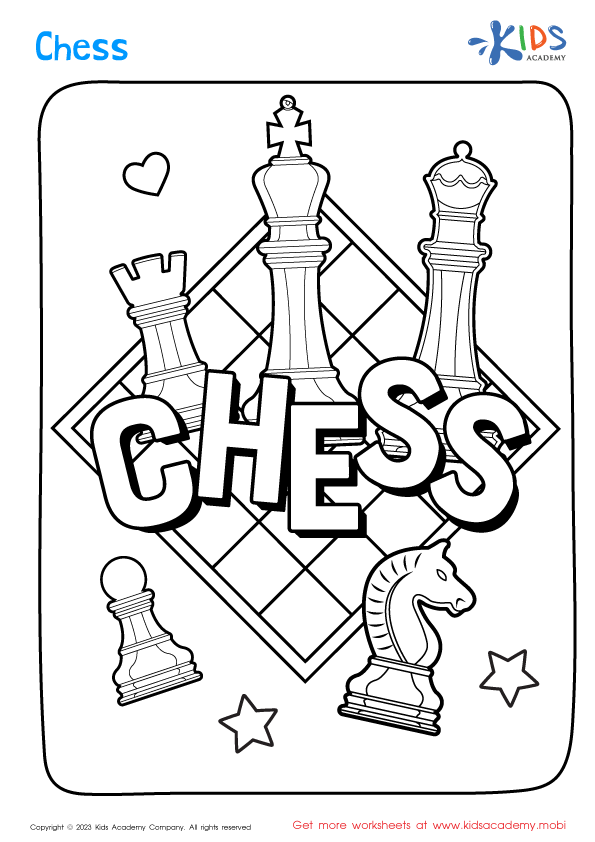Promoting color recognition Worksheets for Kids
1 filtered results
-
From - To
Question/Answer
How to test a Preschool student’s Promoting color recognition skills?
To test a preschool student's color recognition skills, present them with a set of colored objects or flashcards. Ask the child to name the colors they see or select objects of a specific color you request. Observing their ability to accurately identify and match colors will indicate their proficiency in color recognition.
What does the Promoting color recognition skill mean when it comes to Preschool International Chess Day learning?
Promoting color recognition skill in the context of Preschool International Chess Day learning involves teaching young children to identify and differentiate between the colors of the chess pieces and the chessboard squares. This enhances their visual discrimination skills, an essential foundation for understanding and playing chess, as well as supporting their overall cognitive development.
Why is the Promoting color recognition skill important for Preschool students?
Promoting color recognition skill in preschool students is important because it lays a foundational stone for cognitive development and learning. It helps in categorizing, sorting, and understanding visual cues, which are critical for developing reading, writing, and math skills. Additionally, recognizing colors enhances communication and language skills, as children learn to describe the world around them more effectively.











